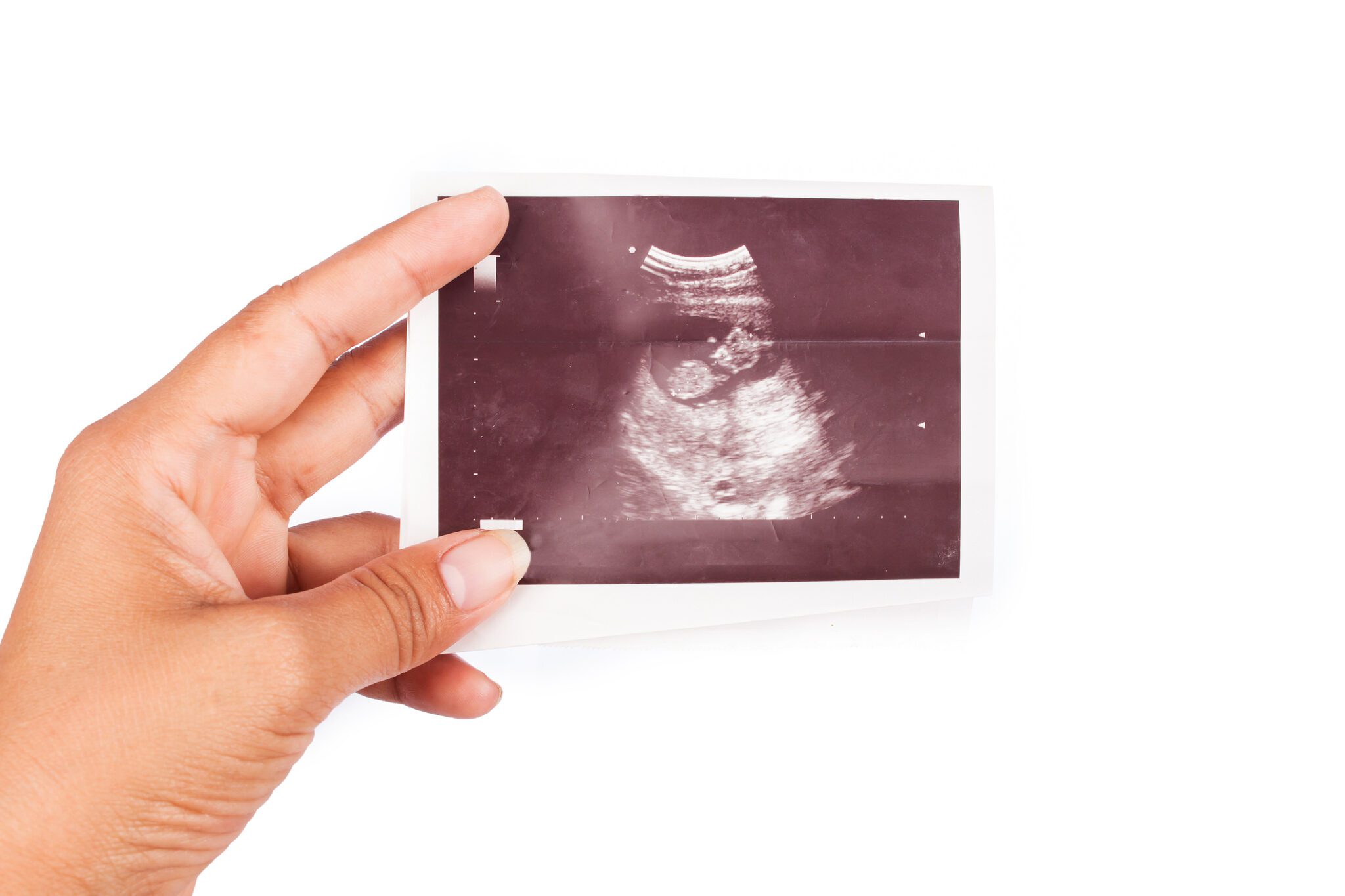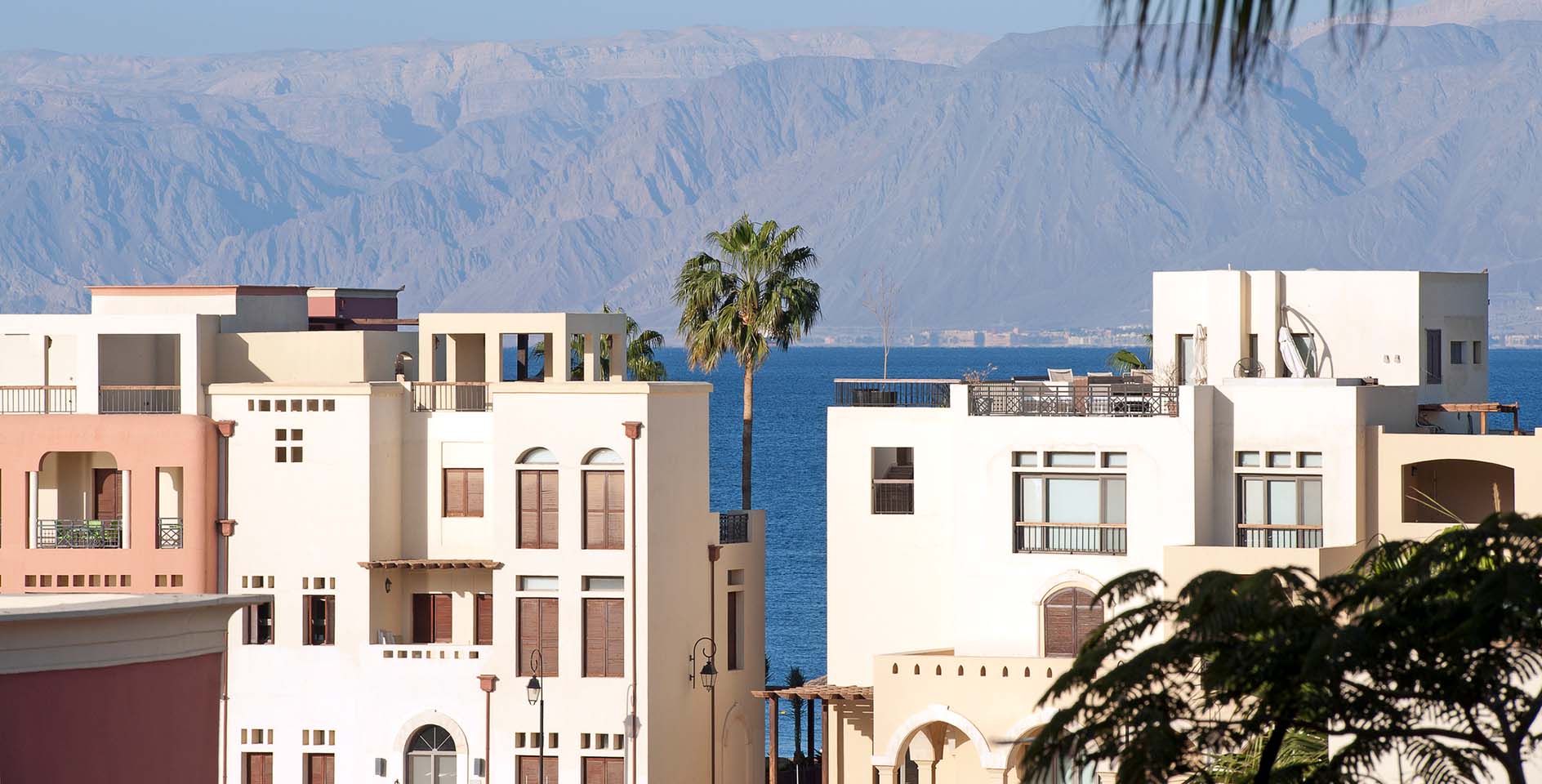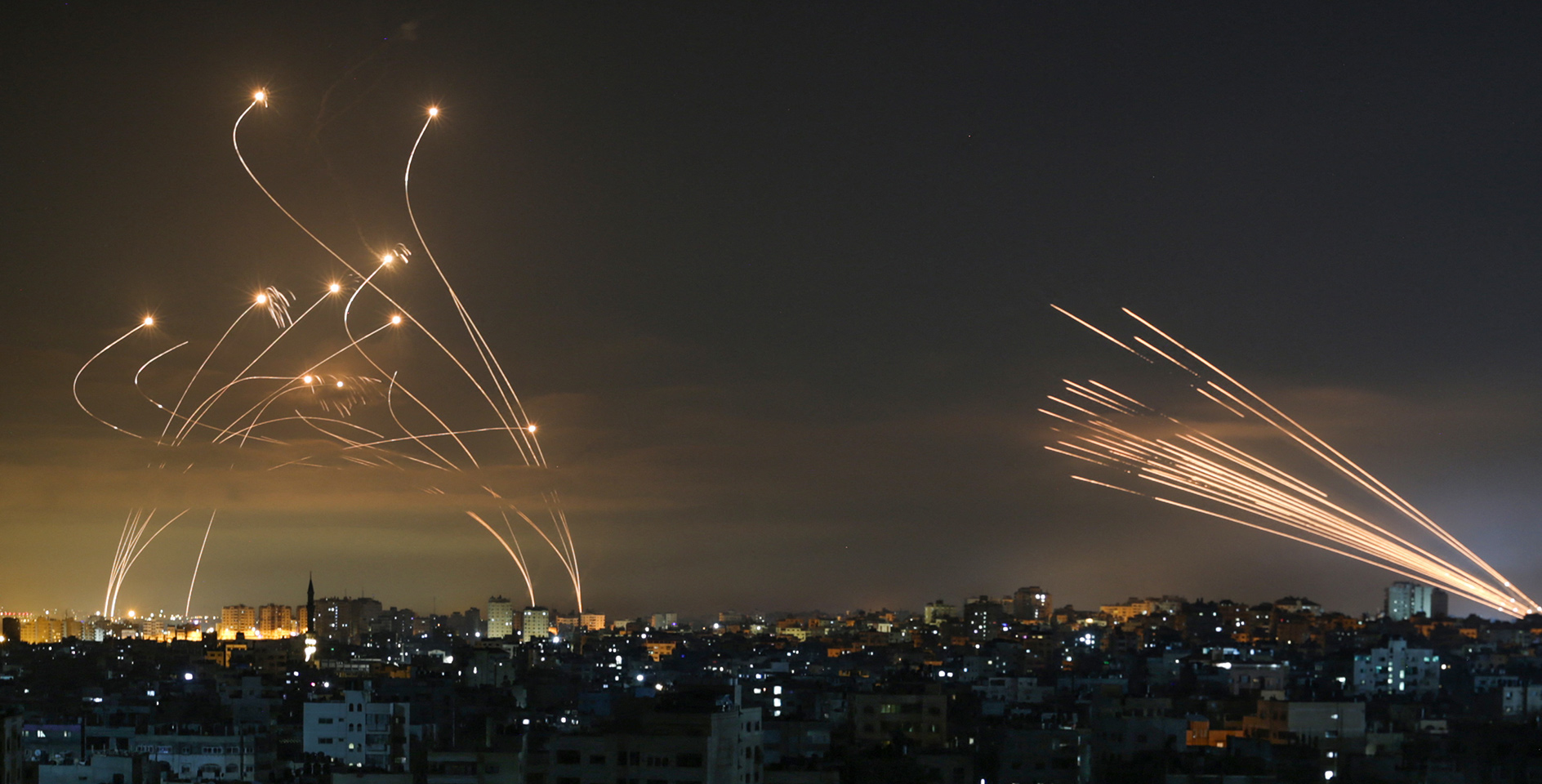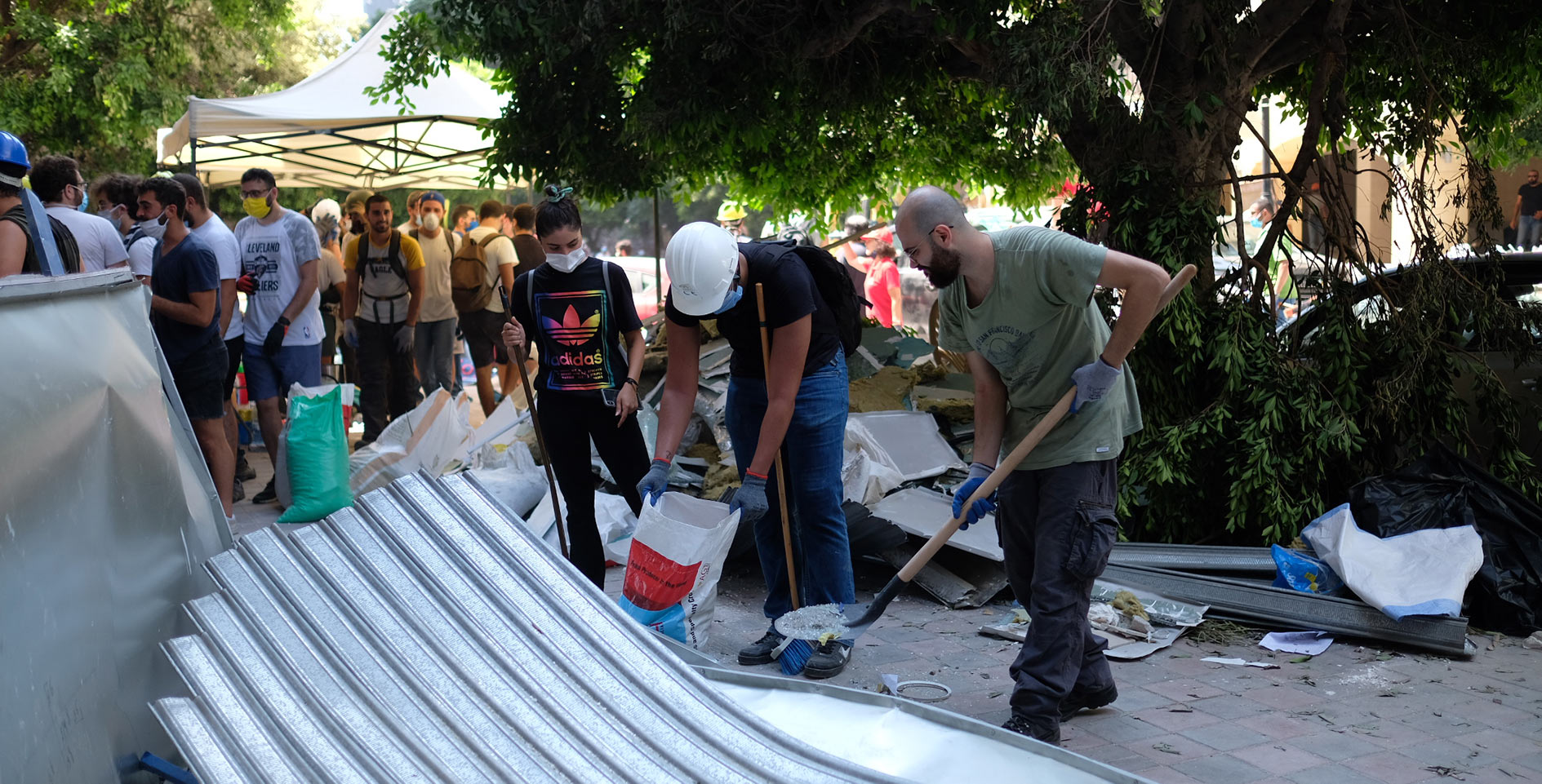On Tuesday, two massive explosions occurred at the port of Beirut, killing at least 135 and injuring thousands.
The blasts occurred near highly-populated areas and tourist sites, damaging nearby landmarks, businesses, and homes, including Baabda Palace, the official residence of the Lebanese President. At least three hospitals were also damaged by the blast. Beirut’s governor says up to 300,000 people had been left homeless in the aftermath of the explosion.
While experts are yet to determine the official yield of the explosion, it is likely to be comparable to the Halifax Explosion of 1917, when a cargo ship carrying high explosives collided with another ship, resulting in the largest human-caused explosion prior to the atomic bomb.
The United States Geological Survey reported that the explosion registered a 3.3 magnitude, equivalent to a minor earthquake. Windows were blown out up to 15 miles away and reports suggest it was heard as far away as Cyprus, 150 miles away into the Mediterranean.
Where is Beirut?
Beirut is the capital and largest city of Lebanon, a country which is bordered by Syria to the north and east and Israel to the south, with Cyprus to the west across the Mediterranean Sea. Beirut lies on the coast, on a peninsula that extends westward into the Mediterranean Sea.
Beirut is one of the oldest cities in existence. The first historical mention of Beirut is found in the ancient Egyptian Tell el Amarna letters dating from the 15th century B.C., around the time of the Hebrew Exodus from Egypt (based on an early dating of that event). The city is one of the most religiously diverse in the Middle East. Although a slight majority are Muslim, about 4-in-10 people in Beirut identify as Christian.
What caused the blast?
Initial reports blamed an outside attack or fire at a warehouse for firecrackers near the port. But Lebannese Prime Minister Hassan Diab blamed the explosion on 2,750 metric tons (about 6.06 million pounds) of ammonium nitrate that had been stored at a port warehouse for the past six years “without preventive measures.”
Ammonium nitrate is a crystal-like white solid which is made in large industrial quantities. The primary use for the material is as a source of nitrogen for fertiliser and to create explosions for mining. Because it is cheap to produce and can cause large blasts, ammonium nitrate has also been used by armies and terrorist groups around the world as an explosive.
Although relatively safe to handle, a large amount of material left unattended for long periods of time can begin to decay and become unstable. “The real problem is that over time it will absorb little bits of moisture and it eventually turns into an enormous rock,” says Andrea Sella, professor of chemistry at University College London. This makes it more dangerous, Sella told the BBC, because it means if there is a shock, it will spread much more easily.
Why did the explosions produce a mushroom cloud if the blast wasn’t nuclear?
Mushroom clouds are mushroom-shaped clouds of debris, smoke, and usually condensed water vapor resulting. Although associated in the popular imagination with atomic and nuclear weapons, they can result from any explosion large enough to create a supersonic shockwave, which causes air to expand and cool rapidly, producing water in the form of a cloud.
Experts note that the Beirut explosion lacked two hallmarks of a nuclear detonation: a “blinding white flash” and a thermal pulse, a surge of heat that burns human skin and produces fires within the blast radius.
Have there been similar explosions of ammonium nitrate in the past?
In 1947, a French ship docked in the port of Texas City, Texas, was carrying about 2,200 tons of ammonium nitrate when it exploded. The result, known as the Texas City disaster, was the deadliest industrial accident in U.S. history and one of the largest nonnuclear explosions. The blast created subsequent fires and explosions in other ships and nearby oil-storage facilities, resulting in the death of 581 people, including all but one member of the Texas City Fire Department.
In 1995, domestic terrorists Timothy McVeigh and Terry Nichols used about 4,800 pounds of ammonium nitrate-based fertilizer in a bomb used to destroy a federal building in Oklahoma City, Oklahoma. The Oklahoma City bombing resulted in the deaths of 168, and injured almost 700 others.
More recently, twin explosions in the port of Tianjin, northern China, in 2015 killed more than 100 people, injured hundreds more, and wiped out large swaths of the surrounding city. Ammonium nitrate was one of the hazardous chemicals being stored at a warehouse where the blast occurred.
What is being done to help the people of Beirut?
Many evangelical ministries in Lebanon have been working to help the people of Beirut, reports Christianity Today. International Christian ministries are also mobilizing to provide help. For example, World Vision teams are in the area assessing the needs of the most vulnerable children, and a disaster response team from Samaritan’s Purse is preparing to deploy to determine how best to help the people of Lebanon.
Numerous other international groups, such as the Red Cross, United Nations, and World Health Organization, have begun to help the local authorities respond to the tragedy. Foreign governments have also begun to provide assistance. Australia, France, and Russia have all extended offers of humanitarian medical assistance, as have Middle Eastern neighbors including Egypt, Israel, Iraq, Qatar, Kuwait, the UAE. President Trump has also said the United States “stands ready to assist” though no specifics were provided.
As ABC News reports, Lebanon is currently in a position of severe financial difficulty, with the strain on the country’s healthcare system already exacerbated by the coronavirus pandemic.
Christians should be praying for the people of Lebanon and for churches in the area as they seek to minister to a hurting community.









